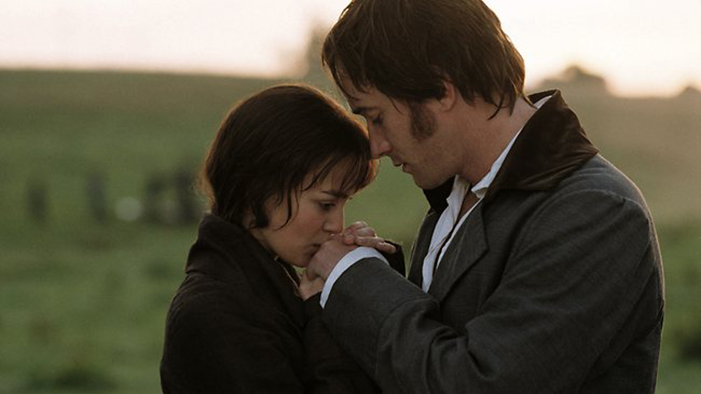Summary
The atrocities General Weyler committed in Cuba were massively hyped and sensationalized in the US newspapers, then engaged in a practice known as “yellow journalism.” The two loudest voices of the press at the time were William R. Hearst and Joseph Pulitzer, each of whom controlled a high-circulation newspaper syndicate at the time. They were embroiled in a vicious circulation war against each other, in which Hearst even “stole” Pulitzer’s most popular writers by convincing them to defect to his newspaper chain for more money. Hearst’s major publication was the New York Journal and Pulitzer’s biggest publication was the New York World. To grow their circulations and to beat each other, both men were willing to set aside journalistic ethics.
In response to the rumors of Weyler’s abuses emerging from Cuba around 1896, Hearst sent artists to Cuba to paint and draw the atrocities, in hopes that the pictures would sell more papers. Foremost among Hearst’s artists was Frederic Remington. After arriving in Cuba, Remington reported back to Hearst that the rumors were overblown. To this, Hearst reportedly replied, “You furnish the pictures and I'll furnish the war.” Although Hearst’s alleged statement was egomaniacal and boastful, it was not that far from the truth. Remington’s pictures in Hearst’s magazines did a great deal to arouse mass concern for Cuba in the US.
Though American yellow journalism exaggerated Weyler’s activities, those exaggeration were nonetheless based in some measure of fact. Realizing that Weyler had lost control in Cuba, Spain recalled him in 1897, hoping to quiet the yellow presses. Back in Spain, some citizens and legislators started discussing Cuban independence from Spain. The Spaniards in Cuba, who were afraid their property and their lives might be in danger if Cuba got independence, immediately started rioting.
Analysis
Hearst upped his circulation by producing a new kind of paper, one with mass-market appeal. His papers used lots of pictures and illustrations, large headlines, and the like. Reducing the cost of a paper to as little as a single cent a copy, Hearst made his newspapers accessible to nearly everyone. Because he controlled so much of the market for newspapers, a market that was rapidly growing because of his newspapers, Hearst could almost dictate what the country would think the next day.
The whole point of yellow journalism was to produce exciting, sensational stories, even if the truth had to be stretched or a story had to be made up. These stories would boost sales, something very important in this period, when newspapers and magazines were battling for circulation numbers. Regarding the situation in Cuba in the mid-1890s, yellow journalism sought to exploit the atrocities in Cuba to sell more newspapers and magazines. The papers depicted Spanish behavior as exaggeratedly bad, and political cartoons depicted “Spain” as a nearly subhuman and brutal monster, while “Cuba” was usually personified as a pretty (white) girl being pushed around by the Spanish monster. Once US opinions were inflamed over Cuba, Hearst tried to do everything he could to whip the public into such a frenzy that a war would start. Once the country was at war, Hearst had little doubt that his papers would have no end of interesting and sensational articles to publish.
In keeping with the philosophy of yellow journalism, Remington, did paint a one or two patently false pictures. For instance, he drew some pictures of an American woman being brutally searched by Spanish male security forces. This apparently never happened, as only female officials searched American females coming into the country. In addition, Remington’s famous painting of the Rough Riders charging up San Juan Hill was based not on the actual charge, but on a reenactment performed by the Rough Riders. That a military force would “redo” part of a battle for the sake of the press shows just serious a matter American leaders took the yellow press to be. Yellow journalism did not, ultimately, start the war on its own; it was the sinking of the USS Maine that provided the trigger, not a fabricated story by Hearst of Pulitzer. Nonetheless, Hearst always referred to the Spanish-American War as “the Journal‘s war.” In support of Hearst’s boastful term, many historians argue that the Spanish-American War was probably the first true “media war.”
The Spanish-American War was not the height of Hearst’s power. Afterwards, he continued to grow his media empire in the coming decades. Only when the Great Depression hit in the 1930s did his business start to collapse. A controversial figure in American history, Hearst was the rough basis for the wealthy journalist-baron Charles Foster Kane in Orson Welles’s classic 1941 film Citizen Kane, which features several excellent scenes depicting the use of yellow journalism in stirring up the Spanish-American War.


 payment page
payment page



